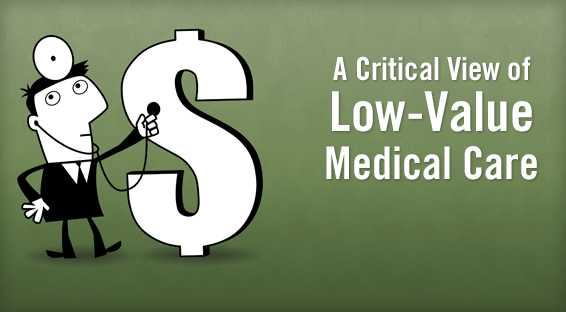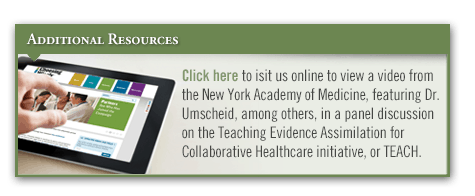Traditionally, the value of medical care has been determined by the effectiveness and safety of a given intervention, regardless of that intervention’s cost. The current goal is to provide the highest-value solutions that are effective, safe, and have the lowest possible cost, according to Craig A. Umscheid, MD, MSCE. “Low-value diagnostic and therapeutic interventions waste patient and prescriber time and money and can even be harmful,” he says. “Low-value care takes away time that providers could be delivering high-value care.”
Contributing Factors
Defensive medicine practices can be a significant contributor to low-value medical care (Table 1). For example, providers may order diagnostic tests because they are fearful of malpractice suits if there is even the slightest chance that patients could have a disease or condition, says Dr. Umscheid. He discussed his experiences with low-value medical care as a patient in JAMA Internal Medicine. “The healthcare system often supports low-value versus high-value care,” he says. “Physicians who see many patients per day in order to make enough revenue to support their staff, clinic, and livelihood may opt for approaches that are quicker and easier when caring for patients. This strategy may be of low value when compared with approaches that could be taken if physicians had the time and ability to be more invested in their patients’ well-being.”
Often, physicians do not know or have access to information about the costs of the diagnostics and therapeutics they prescribe. Others may be unaware of the percentage of costs that patients will assume if they undergo these procedures. “Value can’t be assessed if the costs are unknown,” Dr. Umscheid says. “Further complicating matters is that physicians frequently tend to focus more on outcomes that are more important to them than to their patients. Clinicians need to take the time to talk to patients about the outcomes that matter most to them. If we skip this step, we may be delivering care that’s unwanted or that fails to address patients’ problems.”
To practice evidence-based medicine effectively, it is important to define the most important questions during patient encounters, access evidence quickly to help guide decisions, and integrate patient preferences and available resources. It takes a certain skill set to do this, Dr. Umscheid says. “We’re seeing a greater focus on practicing evidence-based medicine in younger physicians. However, this approach wasn’t as important in academic curriculums even 5 years ago. Many experienced physicians don’t currently have these important skill sets.”
Potential Solutions
Low-value medical care is a multifactorial problem that requires multiple solutions from all levels in the healthcare system (Table 2). “Some solutions have been offered on the national level, but others have been set at the organization or clinic level,” Dr. Umscheid says. “Many solutions revolve around how physicians are reimbursed. This will dictate how their time is spent. Efforts are needed to educate both healthcare providers and patients about the differences between high- and low-value care and to help define what constitutes patient-centered outcomes. To that end, initiatives like continuing medical education can play an important role.”
The American Board of Internal Medicine Foundation’s “Choosing Wisely” campaign asks medical specialty organizations to identify and address the top practices in their respective fields that may be unnecessary and, in some instances, cause harm. “Creating these lists, being upfront about these issues, and sharing the lists with colleagues and patients is a great first step toward reversing low-value medical care,” says Dr. Umscheid. Aside from these lists, it is important for healthcare providers to know the resources they can use to learn more about the lowest value practices in their specialty.
According to Dr. Umscheid, more examples of low-value medical care and stories that demonstrate patient-centered outcomes versus provider-centered outcomes should be shared. This information exchange can help healthcare providers learn from concrete examples and implement effective changes for their own clinical interactions.
“Healthcare is a significant part of the nation’s economy, and the burden of these costs is that we often can’t spend money on other necessities, like education,” Dr. Umscheid says. “Our practices need to change so that we start thinking more about what’s most important to our patients. The emergence of the Patient-Centered Outcomes Research Institute—a federal organization—has started to shift the culture. It drives research to refocus the thinking toward examining what outcomes truly matter to patients, which in turn makes the research more valuable. These efforts are slowly helping change the culture. With more time, healthcare providers will hopefully continue to learn from experience and evolve in the ways that they care for patients.”




 TimH
TimH